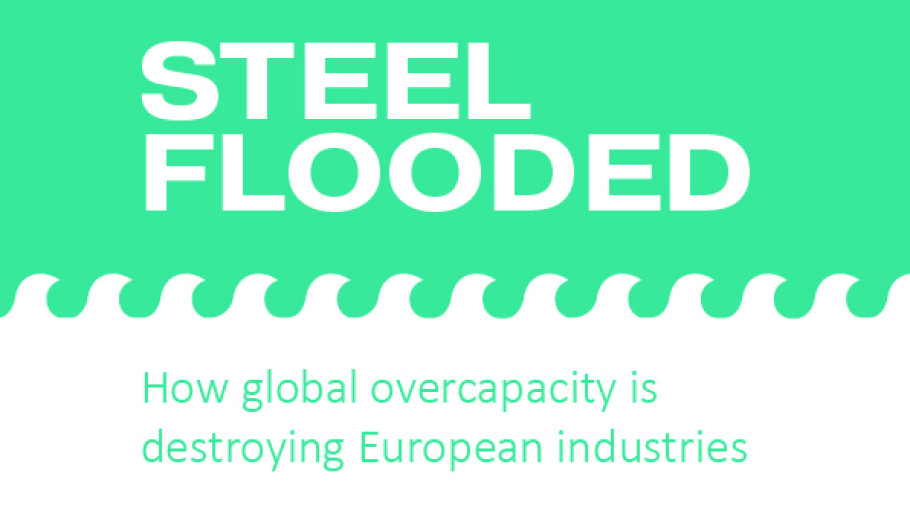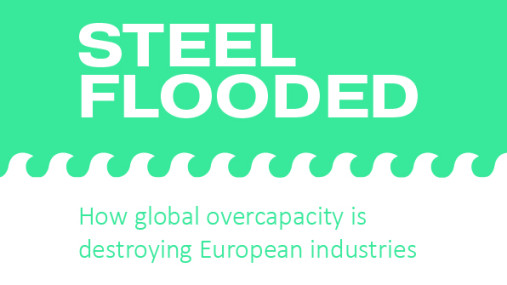

Steel is a fundamental pillar of a healthy economy, essential for infrastructure, construction, and industrial development. Industrialisation typically starts with the establishment of a domestic steel industry.
However, some formerly developing countries struggle to scale down their steel production once they reach a mature industrial stage. Meanwhile, other countries continue to expand their steel industries, often guided by government strategies aimed at boosting exports. This dynamic has led to production capacities far exceeding global demand.
As of 2024, global steel overcapacity exceeded 602 million tonnes - more than 4 times the EU’s total annual steel consumption – and is projected to rise to 721 million tonnes by 2027. Despite the growing mismatch, capacity reductions are frequently delayed or avoided due to government intervention, resulting in entrenched structural overcapacity and significant market distortions.
As a consequence, EU steel trade deficit has massively widened since 2021. A positive trade balance in finished steel products of 11 million tonne in 2013 has turned into a deficit of 10.7 million tonnes in 2024.
Find out more details in our full fact-sheet available for download below, covering:

Download this publication or visit associated links
A milestone occasion to quickly and effectively restore affordable electricity, to relaunch the
decarbonization and strengthen the international competitiveness of the European steel
industry.
Brussels, 02 December 2025 – Unchanged negative conditions – U.S. tariffs and trade disruptions, economic and geopolitical tensions, protracted weak demand and still high energy prices – continue to weigh on the European steel market. EUROFER’s latest Economic and Steel Market Outlook confirms for 2025 another recession in both apparent steel consumption (-0.2%, unchanged) and steel-using sectors (-0.5%, revised from -0.7%). A potential recovery is expected only in 2026 for the Steel Weighted Industrial Production index (SWIP) (+1.8%, stable) and for apparent steel consumption (+3%, slightly revised from +3.1%) – although consumption volumes would still remain well below pre-pandemic levels. Steel imports retained historically high shares (27%), while exports plummeted (-9%) in the first eight months of 2025.
Fourth quarter 2025 report. Data up to, and including, second quarter 2025